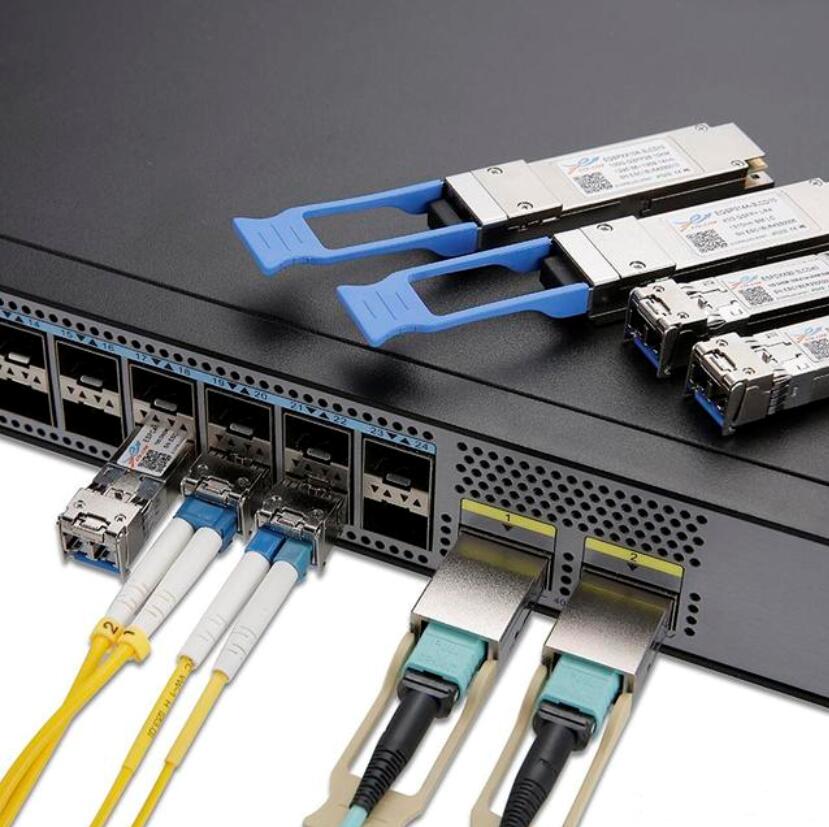Brief introduction about future 5G mobile network

5G mobile network provides enhanced mobile bandwidth (eMBB), ultra-reliable low-latency communication (uRLLC), and large-scale machine-like communication (mMTC) services. The performance of different services varies greatly: eMBB services are oriented to traditional mobile communications, and bandwidth is used. uRLLC business is for real-time control applications such as industrial automation, low latency, high reliability; mMTC is for IoT applications, multiple connections, small traffic.
The 5G radio access network (RAN) is re-divided into active antenna unit (AAU), distributed unit (DU), and centralized unit (CU). The core network is gradually deployed from 3G/4G era to cloud and distributed deployment. The core network of different services sinks to different locations to meet the requirements of low latency and improve user experience.
The 5G network construction mode is divided into independent deployment (SA) mode and non-independent deployment (NSA) mode: in the SA mode, the new wireless, core 5G network, 4G network and 5G network are operated independently; the NSA is a gradual evolution. The network technology solution, which is enhanced on the 4G network through 4G existing resources, provides services for 5G in a partial expansion mode, and gradually evolves to 5G as the 5G service matures.
The 5G bearer network is connected to the base station through the 10 GE and 25 GE interfaces on the user network side interface (UNI). The GE side will introduce 25 GE, 50 GE, and 100 GE interconnect technologies. In the future, the metro domain may be 200 GE, 400 GE. 5G network constructions will inevitably have optical transceiver modules with integrated, miniaturized, high-speed, long-distance, low-cost, low-power consumption, such as 25G optical transceiver modules and 100G optical transceiver modules.